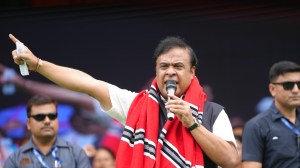Draft norms for hydel staggers free power
Under the new draft guidelines for development of hydel power capacity in the country, the government has decided to continue with the policy of 12% free power for the home state — but will restrict it to inter-state projects above 25 mw.

Under the new draft guidelines for development of hydel power capacity in the country, the government has decided to continue with the policy of 12% free power for the home state — but will restrict it to inter-state projects above 25 mw.
And, in order to make the policy attractive for investments, the draft crucially says that the home state would not be entitled to take this benefit whenever they wish to.
Rather, the policy says that in case the project turns out to have unviable tariffs in the initial year—a usual problem when it comes to such capital-intensive ventures—then the 12% free power to the home state can be staggered in such a manner that it’s kept low in the initial years and higher during the terminal years so that an average of 12% is maintained over the life of the project.
Sources explained that typically during the initial years of the project life, the tariff could be as high as Rs 4 to Rs 5 per unit. However, during the terminal years, when the investments have been repaid such as that of the Bhakra project, the tariff comes down to 20 paise per unit.
So, by reducing the quantum of free power during the initial years and then increasing it during the terminal years, the state would ensure that the project remains viable while maintaining an average of 12% free power.
The concept of giving 12% free power from an inter-state hydel venture to the home state where the project is located is based on a 1989 policy which aimed to adequately compensate the state for local area development as well as for rehabilitation of displaced people.
Photos





- 01
- 02
- 03
- 04
- 05


























